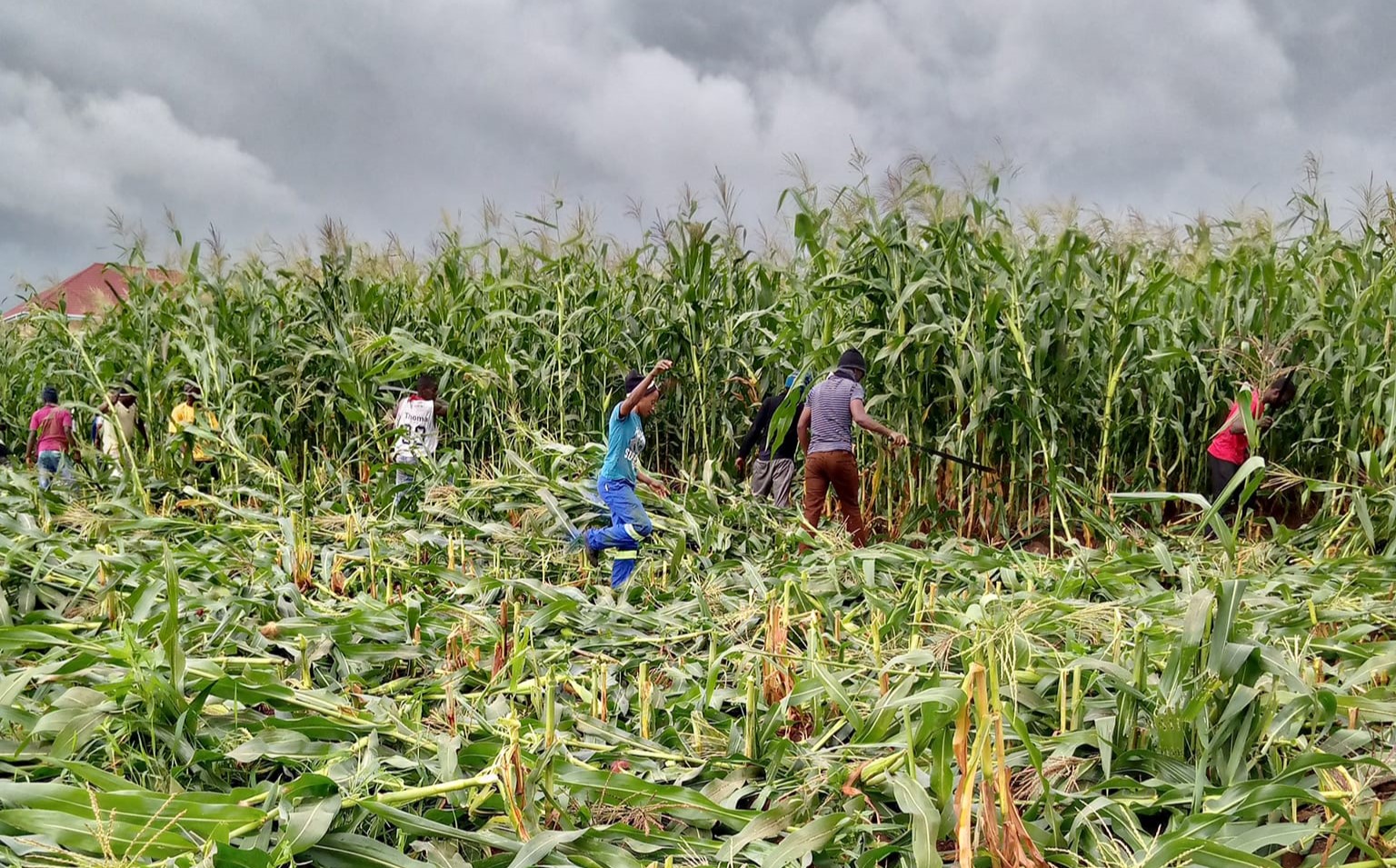When banks start trusting each other again
There is good news from Malawi’s money market. Local banks have started trusting each other again.
This means that the lending institutions can now start trusting you and me with other people’s money, which is essentially what banks lend to firms and households.
You see, when banks don’t trust each other anymore, the interbank rate—the interest rate that banks charge when they lend money to each other—rises.
The rate rises because the lending bank fears that the borrowing counterpart may not pay back, hence the high charges to hedge against such risks.
That is how shaky our financial system was at the height of the liquidity crisis that came with the devaluation and subsequent floatation of the local currency, which shocked the country’s markets to the point that it is a miracle no bank went under.
How did devaluation and floatation affect liquidity? During the Bingu wa Mutharika administration, foreign currency shortages were so acute that bank clients left billions of kwacha in their accounts waiting to buy forex.
Banks being what they are did not keep these deposits idle. They lent them out to make more money with the belief that by the time forex becomes available, they would have recovered the money to allow for the forex transactions.
When the Joyce Banda administration implemented the massive devaluation and subsequent floatation, donors—pleased that their long-time demand had been met—started unfreezing budget support and banks were able to attract forex from traders who were refusing to sell it to them because of their artificially low rate, thereby flooding the system with foreign money.
Suddenly, banks had enough forex to sell to clients whose money was already deposited.
But alas, banks did not have enough kwacha in their reserves to match with the requested forex because they had lent out most of it, believing that the forex crisis would not ease any time soon.
It also turned out that some of the people or companies they had lent the money to could not pay back as economic conditions tightened and interest rates shot beyond borrowers’ affordability.
This led to high rates of repossessions since most loans are secured against properties.
With the tight liquidity situation raging at the time, few could afford the repossessed assets.
Thus, either banks were stuck with the asset (not cash) or were forced to dispose of foreclosed properties at sub-optimal prices to ease their own liquidity challenges. It was the 2008 global financial crisis Malawian style!
The Reserve Bank of Malawi (RBM), alarmed at the insufficiency of banks’ liquidity levels and realising the gravity of the liquidity squeeze as shown by the shortage of the kwacha on the local money market, created a special non-collateralised lending facility called discount window accommodation (DWA) at the princely interest rate of 23.5 percent in an effort to recapitalise banks.
The DWA rate was higher than the then 21 percent ruling bank rate. Even after the expiry of DWA on July 31 2012 and despite the RBM’s warning that those wanting to continue borrowing through the window will pay a charge of four percentage points above the borrowing bank’s prime lending rates, banks continued to use this window.
Thus, the tables had turned—the hunter (kwacha) became the hunted as its supply shrunk against increasing demand and high risks that forced interest rates, including the interbank rate, to go up.
But thank goodness, for months now, the interbank rate has been trending downwards, having dropped from the peak this year of 42.3 percent in April to 28.8 percent in June, representing a 13.5 percentage point drop or roughly 31 percent.
This drop in the interbank rate signals a strengthening financial market in which banks are not as desperate for cash as before.
But let us be cautiously, not overly, optimistic about the implications of the reductions.
I know that there are some people who see the falling interbank rate and what it symbolises as a sign that interest rates will come down soon, but I do not see that happening significantly.
Granted, we have seen Standard Bank cutting lending rates without waiting for the RBM to cut the bank rate.
But this is a free market and recent history shows that other banks rarely follow suit. I remember FMB cut lending rates own its on this other year, but I do not recall it having any followers.
Most importantly, my bet is that the RBM will continue to keep a tight grip on credit because (a) the central bank is still wary of too much bad debt (b) the monetary authorities will not change their policy message—we cannot continue to rely on fast and cheap money supply growth to boost economic output; thus they will continue to do anything to cool off the country’s previous lending craze and (c) inflation rate, while easing somewhat over the past couple of months is—still in thirties—still too high for an inflation obsessed Charles Chuka-led reserve bank.
I doubt that lax monetary policy will be on RBM’s agenda anytime soon.



